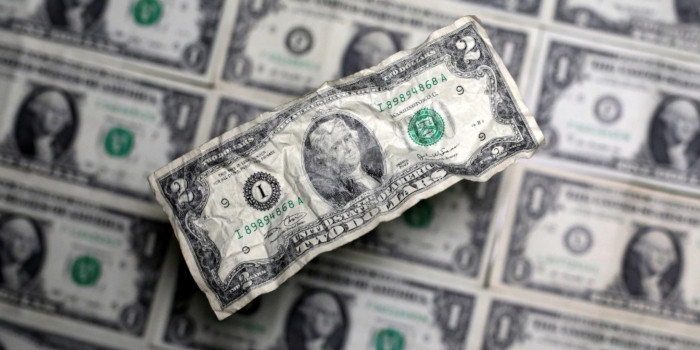
This morning, the greenback declines in relation to the euro and the Japanese yen. At the same time, both the aussie and kiwi are getting cheaper against the US dollar amid the release of not very encouraging data on the unemployment rate in Australia and GDP in New Zealand.
Yesterday, the head of the Federal Reserve of the United States of America issued a statement that incentive programs that support small businesses and homeowners are too early to be shutdown. They were taken as measures to help combat the crisis caused by the global pandemic COVID-19, which continues to devastate to this date.
Moreover, the attention of market participants is focused on the release of statistics on the number of applications for unemployment benefits in the United States of America, which is traditionally represented by the country's Ministry of Labor.
Another important event for investors will be a meeting of the Bank of England. Most analysts are confident that the main regulator will decide to expand the stock repurchase program. It is estimated that an increase in the incentive program could reach £ 100 billion. All this should support the country's economy and provide the necessary stability to financial markets.
Kiwi is under heavy pressure, which was caused by statistics on the level of GDP. As it became known, in the first quarter the indicator showed a rather substantial (1.6%) decrease compared to the previous similar period. Thus, New Zealand's current GDP indicator is now at around 310 billion New Zealand dollars, which corresponds to 200 billion US dollars. Compared with last year's figures of the same period where a drop of 0.2% was recorded. Such not-too-pleasant results were last noted more than ten years ago, which indicates a serious crisis in the country's economy.
Australia follows a negative trend and also reduces its cost. Here, the main pressure comes from rising unemployment. In the current situation, this indicator is increasing in almost all countries, but in Australia, the rise was sharp and solid up to 7.1%. Recall that the previous unemployment rate was 6.4%. Such high results in the country have not been observed for nearly twenty years. Moreover, the growth rate of unemployment turned out to be even slightly, but higher than the experts' forecasts of 7%.
The Chinese national currency is growing against the US dollar. Inspiration arose amid a cut in the rate on two-week reverse repurchase agreements ratified by the People's Bank of China. The decrease amounted to 20 points at once, which corresponds to 2.35%. At the same time, the rate of weekly operations remained unchanged at 2.2%. Thus, the regulator made financial injections in the amount of 120 billion yuan or 16.95 billion dollars.
The euro supported the positive trend and grew against the dollar by 0.11%, thus reaching a level of 1.1256 dollars per euro. Recall that yesterday's togas stopped at around 1.1244 dollars per euro. In relation to the Japanese national currency, the euro took a stable position, which remained virtually unchanged. Its current level is around 120.3 yen per euro.
At the same time, the exchange rate of the US dollar against the yen fell by 0.08%, which sent it to the level of 106.92 yen per dollar, while yesterday trading closed at 107.01 yen per dollar.
The value of the pound sterling also shows a decline in relation to the dollar. In the morning, its value was reduced by 0.04% and was at the level of 1.2550 dollars per pound. Yesterday, its level was 1.2555 dollars per pound. Meanwhile, it grew by 0.16% in relation to the euro and began to cost 1.1148 euros per pound. Yesterday at auction, it closed at around 1.166 euros per pound.
Kiwi fell by 0.3% and was at the level of 0.6441 dollars per kiwi. Aussie, on the other hand, sank by 0.12% and began to cost 0.6876 dollars for the aussie.
The index of the US dollar against a basket of six major currencies of the world (ICE Dollar) decreased by 0.11% compared with the previous day. The dollar index against sixteen world currencies (WSJ Dollar) is also negative by 0.02%.





















